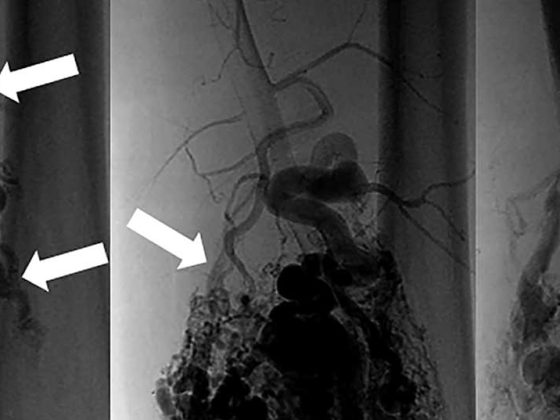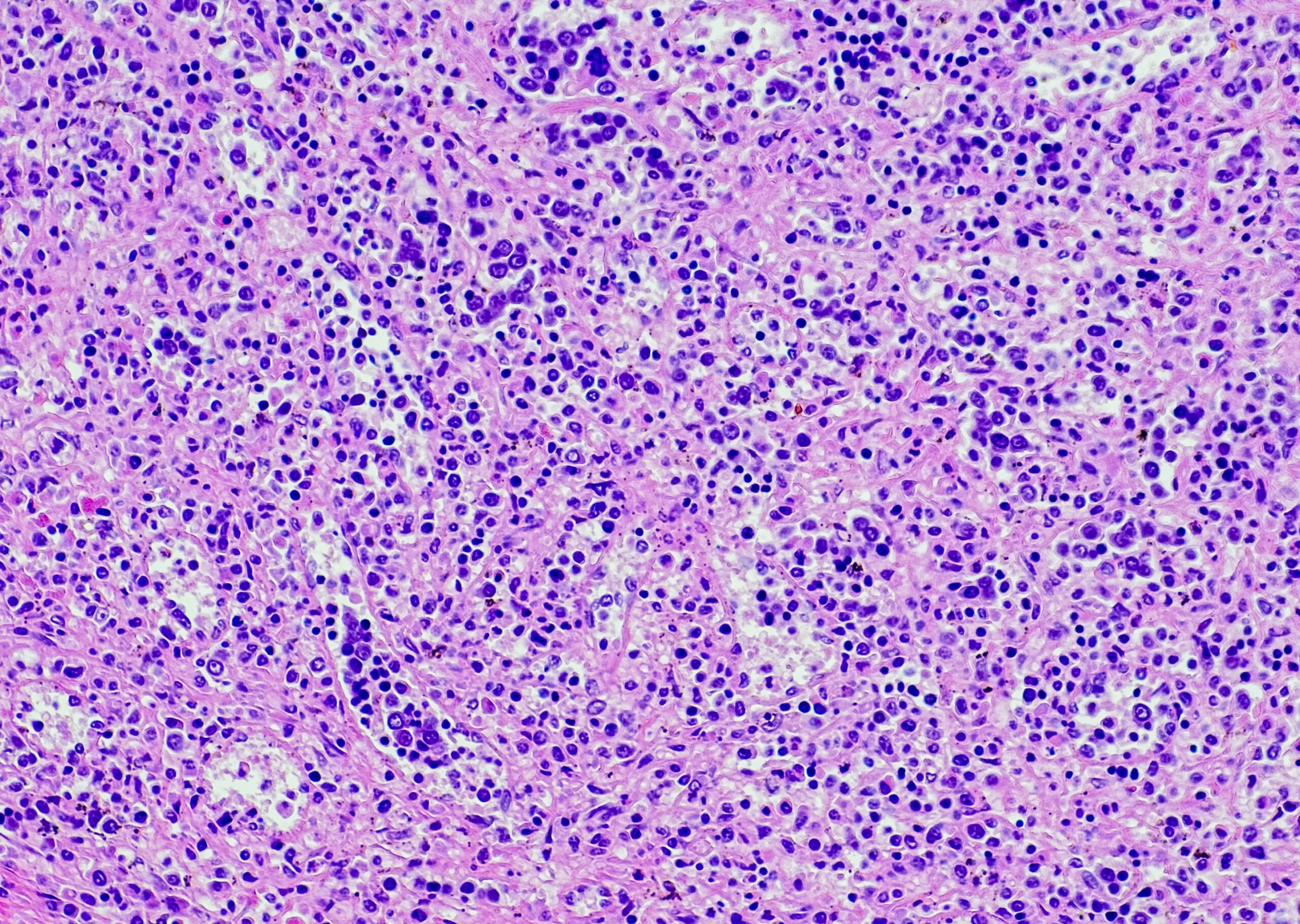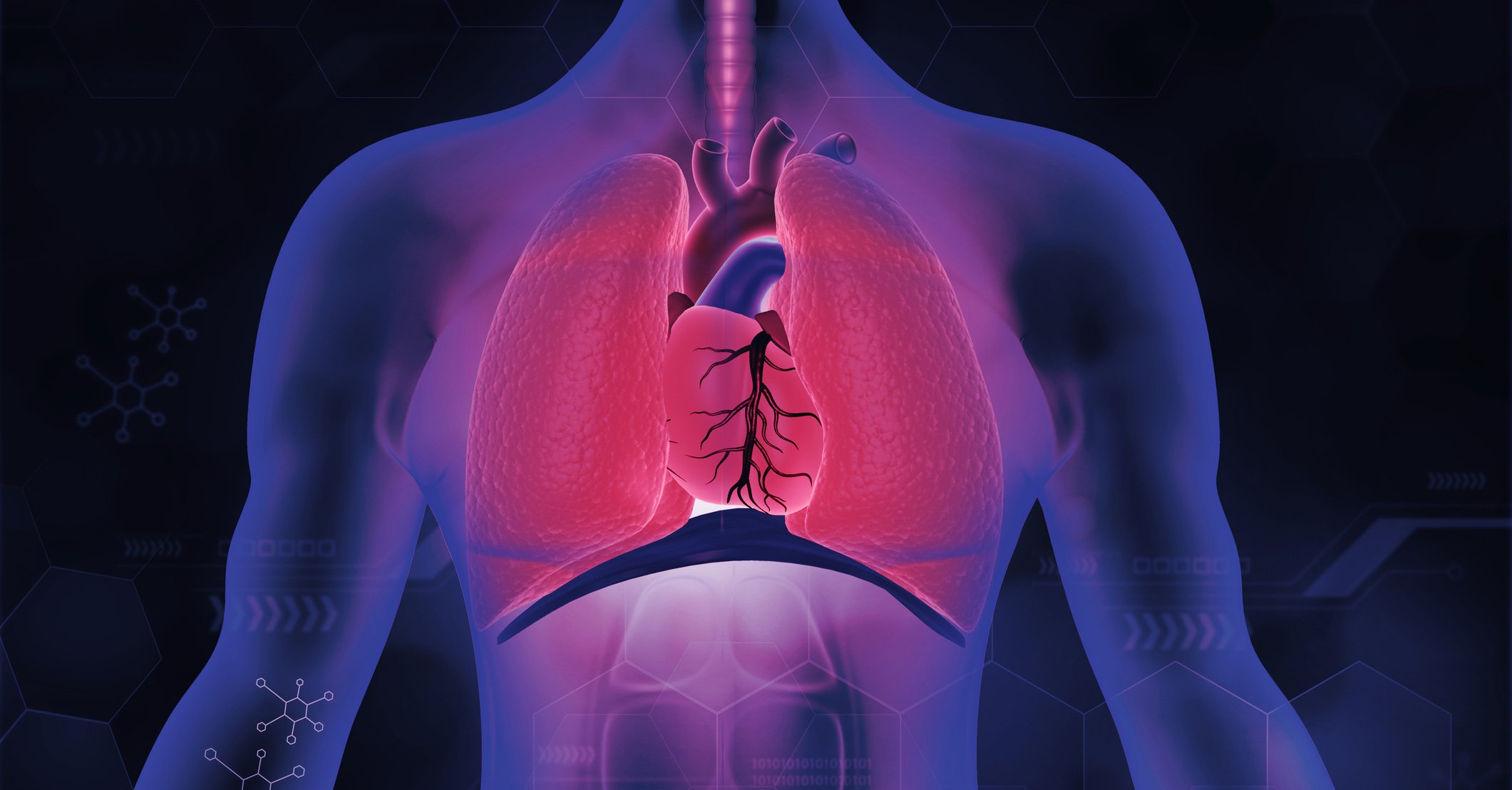Approximately 20% of the Western population is currently affected by gastroesophageal reflux disease. Along with the increasing incidence, its health economic importance grew over the years and scientific activity increased. Where do we currently stand in terms of diagnosis and therapy? What is possible conservatively and where are the limitations of PPIs? These and other questions were addressed at the 25th Hirslanden Academy in Zurich.
Angélique Sponholz, MD, GastroZentrum Hirslanden Zurich, spoke on the epidemiology, clinic and clarification. Gastroesophageal reflux disease (GERD) develops when reflux from stomach contents causes bothersome symptoms and/or complications. The term GERD includes erosive reflux esophagitis (ERD), non-erosive reflux disease (NERD), hypersensitive esophagus, and functional reflux symptoms on the one hand, and associated complications such as stenosis or Barrett’s esophagus and extraesophageal manifestations (laryngitis, chronic cough, asthma, dental erosions) on the other.
In Western industrialized countries, the prevalence of GERD is 20% (approximately 60% of which is NERD and 40% ERD). The condition is neither age nor gender specific, but shows some familial clustering. In most cases, an axial hiatal hernia is present. Typical symptoms include heartburn/acid regurgitation, retrosternal pain, air regurgitation, air swallowing/meteorism, dysphagia, regurgitation, epigastric pain, and burning. Diagnostics basically include history (reflux, extraesophageal manifestations, alarm symptoms, and medication use), gastroscopy (EGD), and pH-metry. In cases of typical reflux symptoms without alarm symptoms for carcinoma such as dysphagia or weight loss, empiric therapy with proton pump inhibitors (PPI) can be performed without further diagnostics. In case of alarm symptoms, further clarification should always be performed immediately by means of ÖGD. A management algorithm for the clarification and therapy of typical reflux complaints is shown in Figure 1.

Reflux esophagitis and Barrett’s esophagus
According to the Los-Angeles classification, reflux esophagitis is divided into four grades:
- Grade A: single lesions <5 mm
- Grade B: single lesions >5 mm
- Grade C: circumferential lesion <75%
- Grade D: circumferential lesion >75%
Barrett’s esophagus represents a precancerous condition and requires control, even though the risk of carcinoma has been found to be lower than originally thought. It is associated with evidence of specialized intestinal metaplastic cylinder epithelium. If endoscopic suspicion or confirmed barrett’s esophagus, targeted biopsy of all suspicious areas and 4-quadrant biopsy every 1-2 cm are recommended. Follow-up is after one year and then every five years for short barrett esophagus (<3 cm) and every three years for long barrett esophagus (≥3 cm) – provided there is no evidence of dysplasia.
When long-term pH-metry?
If typical and, in particular, atypical symptoms of reflux disease are found in conjunction with an inconspicuous gastroscopy, long-term pH-metry can be of further help. It is also used in cases of persistent symptoms despite PPI and before planned fundoplication. Basically, pH-metry is used for detailed reflux documentation, differentiation between NERD, hypersensitive esophagus and functional heartburn as well as therapy control.
Conservative therapy – effective at a high level
The goals of GERD therapy are to heal any lesions and control symptoms, according to Prof. Radu Tutuian, MD, chief of gastroenterology at Tiefenau Hospital. How well do the PPI perform here? In principle, the cure rates decrease with increasing degree of erosion, but overall it is a very efficient therapy (grade A after eight weeks around 90%, grade B around 85%, grade C between 75-85%, grade D between 60-80%) [1]. Since cure rates are thus already at a very high level, there are limits to additional increases in efficacy by increasing the PPI dose (esomeprazole 40 mg achieves esophagitis cure rates of approximately 95% after two months [2]). “You can’t get the last 5% easily even with even higher doses,” the speaker said.
Symptom control shows: after one month, there is a plateau at about 70%, which conversely means that about 30-35% of patients still have symptoms despite very effective PPI therapy [1]. Erosive reflux responds better than non-erosive reflux in this regard [3], making NERD a difficult form to treat, although less severe in physiological effects.
“PPI can be given for a year without hesitation according to current studies,” said Prof. Tutuian [4]. If the patient is switched to placebo, erosive esophagitis reports back. Dose reduction also leads to a clustered occurrence of relapses/lesions [5]. At best, therefore, one maintains the standard dose (omeprazole/rabeprazole/esomeprazole 20 mg/d, lansoprazole 30 mg/d, pantoprazole 40 mg/d), resulting in relapse rates of 20-30% at 26-52 weeks. Maintenance at half the standard dose brings relapse rates of 30-40% after this period (compared to placebo 60-80%). Double the standard dose (omeprazole/esomeprazole 40 mg/d) reduces recurrences to 12-20%. With H2 receptor antagonists, recurrence rates of 40-60% are reported.
Side effects – what is proven?
Various studies fueled the suspicion that reflux therapy might be associated with vitamin B12 deficiency [6], iron deficiency [7], or hypocalcemia [8]. However, two large randomized-controlled trials called SOPRAN and LOTUS, which investigated continuous PPI therapy over 5-12 years, were able to refute these concerns: Treatment had no effect on vitamin B12, iron, or calcium levels, and levels remained stable over the entire period [9]. Similar findings exist with regard to osteoporosis. PPIs do not appear to accelerate bone loss [10]. “Thus, conservative therapy with PPI continues to have a very good side effect profile and does not lead to relevant malabsorption,” Prof. Tutuian concluded.
Source: 25th Hirslanden Academy on the topic of “Gastroesophageal reflux – a controversy without end?”, March 10, 2016, Zurich.
Literature:
- Castell DO, et al: Esomeprazole (40 mg) compared with lansoprazole (30 mg) in the treatment of erosive esophagitis. Am J Gastroenterol 2002 Mar; 97(3): 575-583.
- Kahrilas PJ, et al: Esomeprazole improves healing and symptom resolution as compared with omeprazole in reflux esophagitis patients. A randomized controlled trial. The Esomeprazole Study Investigators. Aliment Pharmacol Ther 2000 Oct; 14(10): 1249-1258.
- Dean BB, et al: Effectiveness of proton pump inhibitors in nonerosive reflux disease. Clin Gastroenterol Hepatol 2004 Aug; 2(8): 656-664.
- Klinkenberg-Knol EC, et al: Long-term omeprazole treatment in resistant gastroesophageal reflux disease. Efficacy, safety, and influence on gastric mucosa. Gastroenterology 2000 Apr; 118(4): 661-669.
- Vakil NB, et al: The new proton pump inhibitor esomeprazole is effective as a maintenance therapy in GERD patients with healed erosive esophagitis. A 6-month, randomized, double-blind, placebo-controlled study of efficacy and safety. Aliment Pharmacol Ther 2001 Jul; 15(7): 927-935.
- Termanini B, et al: Effect of long-term gastric acid suppressive therapy on serum vitamin B12 levels in patients with Zollinger-Ellison syndrome. Am J Med 1998 May; 104(5): 422-430.
- Cook JD, Brown GM, Valberg lS: The effect of achylia gastrica on iron absorption. J Clin Invest 1964 Jun; 43: 1185-1191.
- O’Connell MB, et al: Effects of proton pump inhibitors on calcium carbonate absorption in women. A randomized crossover trial. Am J Med 2005 Jul; 118(7): 778-781.
- Attwood SE, et al: Long-term safety of proton pump inhibitor therapy assessed under controlled, randomised clinical trial conditions. Data from the SOPRAN and LOTUS studies. Aliment Pharmacol Ther 2015 Jun; 41(11): 1162-1174.
- Targownik LE, et al: The relationship between proton pump inhibitor use and longitudinal change in bone mineral density. A population-based study [corrected] from the Canadian Multicentre Osteoporosis Study (CaMos). Am J Gastroenterol 2012 Sep; 107(9): 1361-1369.
HAUSARZT PRAXIS 2016; 11(4): 40-42












